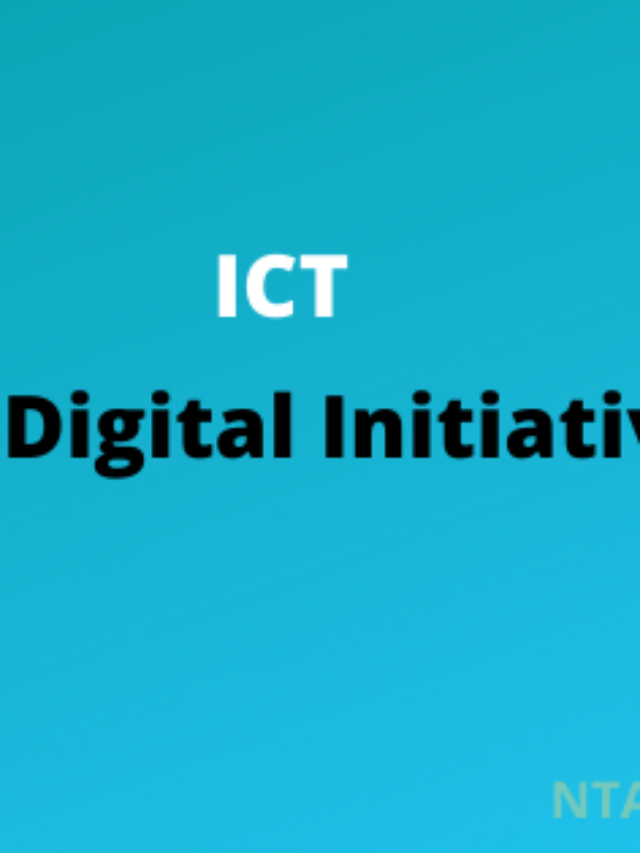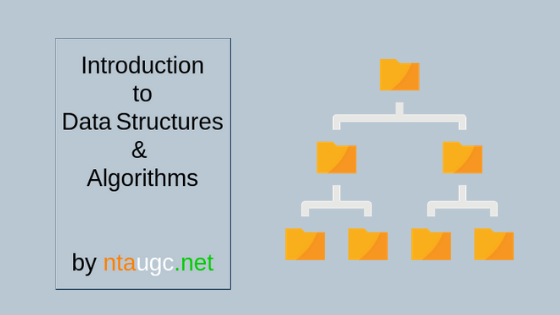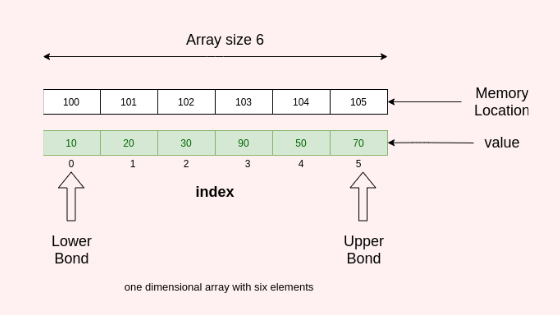Web services and web applications
Web services and web applications are both types of software that run on the World Wide Web (WWW).
Web services are a method of communication between two devices over a network. They use a standardized format, such as Simple Object Access Protocol (SOAP) or Representational State Transfer (REST), to exchange data between the devices. Web services are often used to connect different systems or applications together, such as connecting a website to a database or connecting a mobile app to a server.
Web applications, on the other hand, are interactive programs that run on a web server and are accessed by users through a web browser. They are built using web technologies such as HTML, CSS, and JavaScript, and can provide a wide range of functionality, such as online shopping, social networking, and email. Web applications are often used to provide a user-friendly interface to a database or other back-end system.
In summary, web services are used for connecting systems and applications, while web applications are used for providing interactive and user-friendly interfaces.
Web services
Web services are a way for different computer systems to communicate and share data over the internet. They are based on a set of standards and protocols, such as XML, SOAP, and WSDL, which allow different systems to understand and exchange information with each other.
Web services can be used to create applications that can access data or functionality from other systems. For example, a web service might allow a mobile app to access a database of information on a server, or allow a website to access a weather forecast from a weather service.
Web services can also be used to connect different systems within an organization, such as linking an inventory management system to a financial system. This allows for more efficient and streamlined operations and can help to automate many tasks.
Overall, web services are a powerful tool for connecting different systems and allowing them to share data and functionality, making it possible to create more powerful and sophisticated applications.
Types of web services
SOAP (Simple Object Access Protocol)– This type of web service uses a standardized messaging protocol to send and receive data in an XML format. It is often used for enterprise-level applications and is known for its strong security features.REST (Representational State Transfer)– This type of web service uses a simple, lightweight protocol to send and receive data in a variety of formats, such as JSON or XML. It is often used for web-based applications and is known for its scalability and ease of use.JSON-RPC– This type of web service uses a remote procedure call (RPC) protocol to send and receive data in JSON format. It is often used for lightweight, web-based applications and is known for its simplicity and ease of use.XML-RPC– This type of web service uses a remote procedure call (RPC) protocol to send and receive data in XML format. It is often used for enterprise-level applications and is known for its flexibility and ability to handle large amounts of data.WSDL (Web Services Description Language)– This type of web service uses a standardized language to describe the functionality and interface of a web service. It is often used to generate client code and documentation for web services.UDDI (Universal Description, Discovery, and Integration)– This type of web service uses a registry to store and retrieve information about web services. It is often used to discover and access web services in a standardized way.
web application
Web applications are software programs that run on a web server and are accessed via a web browser. They are designed to interact with users through a web interface and allow users to perform various tasks, such as browsing, searching, editing, and sharing information. Some common examples of web applications include online shopping websites, social media platforms, email clients, and productivity tools. These applications are built using a variety of programming languages and technologies, such as HTML, CSS, JavaScript, and PHP. They are typically hosted on a remote server, allowing users to access them from any device with an internet connection. Additionally, web applications are often designed to be responsive, meaning they can adapt to different screen sizes and devices, making them accessible on both desktop and mobile devices.
types of web application
E-commerce: These web applications allow users to purchase products or services online. They typically include features such as shopping carts, payment gateway integration, and inventory management.Social networking: These web applications allow users to connect with others and share content, such as photos, videos, and messages. They typically include features such as profiles, friend lists, and messaging.Content management systems (CMS): These web applications allow users to create, manage, and publish content on a website. They typically include features such as text editing, image uploading, and user roles.Learning management systems (LMS): These web applications allow users to access educational content and track their progress. They typically include features such as course tracking, quizzes, and assignments.Project management: These web applications allow users to manage projects and tasks, including scheduling, budgeting, and resource allocation. They typically include features such as calendars, task lists, and time tracking.CRM (Customer Relationship Management): These web applications allow businesses to manage interactions with their customers, including sales, marketing, and customer service. They typically include features such as contact management, lead tracking, and analytics.Cloud-based Applications: These web applications allow users to access their data and applications from any device with an internet connection. They typically include features such as collaboration, data storage, and real-time syncing.
Web services vs web applications
Web services and web applications are both types of software that can be accessed through the internet, but they have different purposes and characteristics.
Web services are typically focused on providing a specific function or set of data to other software programs. They are typically accessed through an API (Application Programming Interface) and are designed to be integrated into other software systems. Examples of web services include weather services, stock market data, and online payment processing.
Web applications, on the other hand, are interactive software programs that are designed to be used by end-users. They are typically accessed through a web browser and provide a user interface for users to interact with. Examples of web applications include online shopping websites, social media platforms, and email clients.
In summary, web services are designed to provide functionality or data to other software systems, while web applications are designed to be used by end-users through a web browser.













